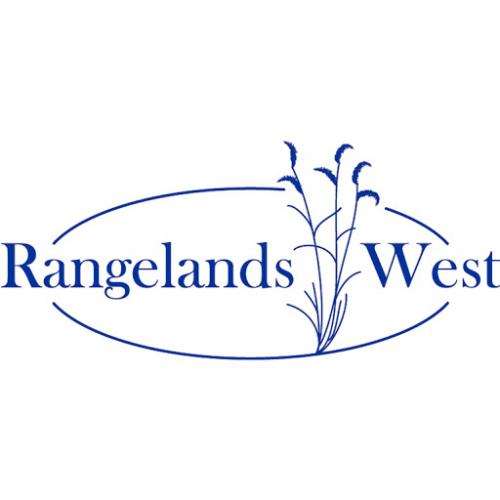Prairie-Oak Savanna is a temperate, globally-unique, endangered habitat type characterized by old-growth Bur Oak (Quercus macrocarpa) stands, expansive low prairie habitat, and wetland complexes. American Hazel (Corylus americana) and invasive hybrid cattails (Typha x glauca) are encroaching upon the oak savannas and marshes and are targeted by fire and grazing management however the effect of these treatments on savanna structure and secretive marsh bird and passerine populations is under-studied. We calibrate Terrestrial Laser Scanning (TLS) against conventional methods and demonstrate that TLS can estimate biomass and model the structure of savanna but not cattail-invaded wetlands. Species-level density estimates and community-wide ordination suggests little evidence of treatment effect on marsh birds and passerines although mean biomass and vegetation height were significant for both communities. Refuge-wide population estimates for Marsh Wren (Cistothorus palustric), Sedge Wren (Cistothorus platensis), Virginia Rail (Rallus limicola), and Sora (Porzana carolina) range from 0.02 to 0.37 birds/ha.

Articles, citations, reports, websites, and multimedia resources focused on rangeland ecology, management, restoration, and other issues on American rangelands.